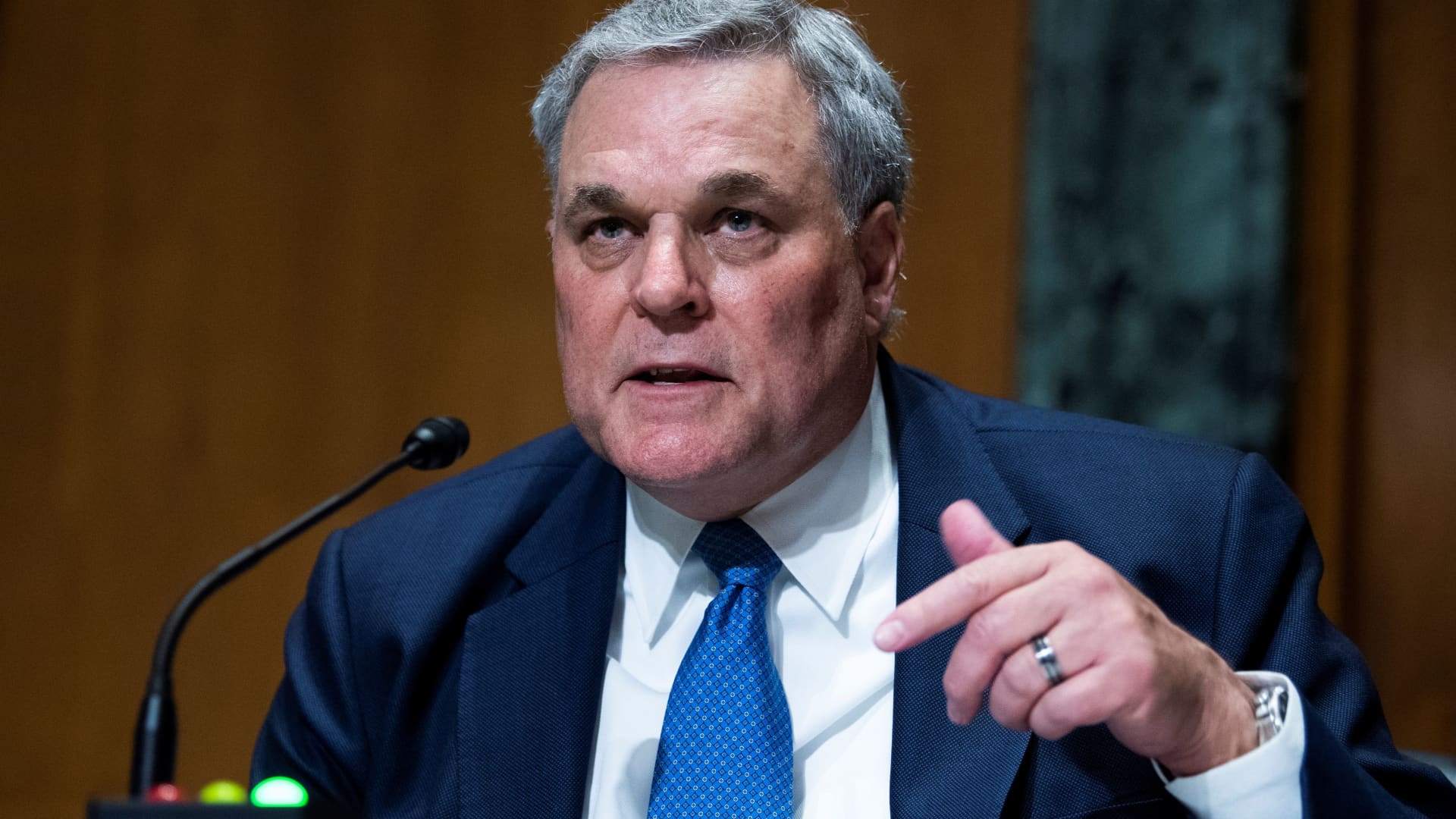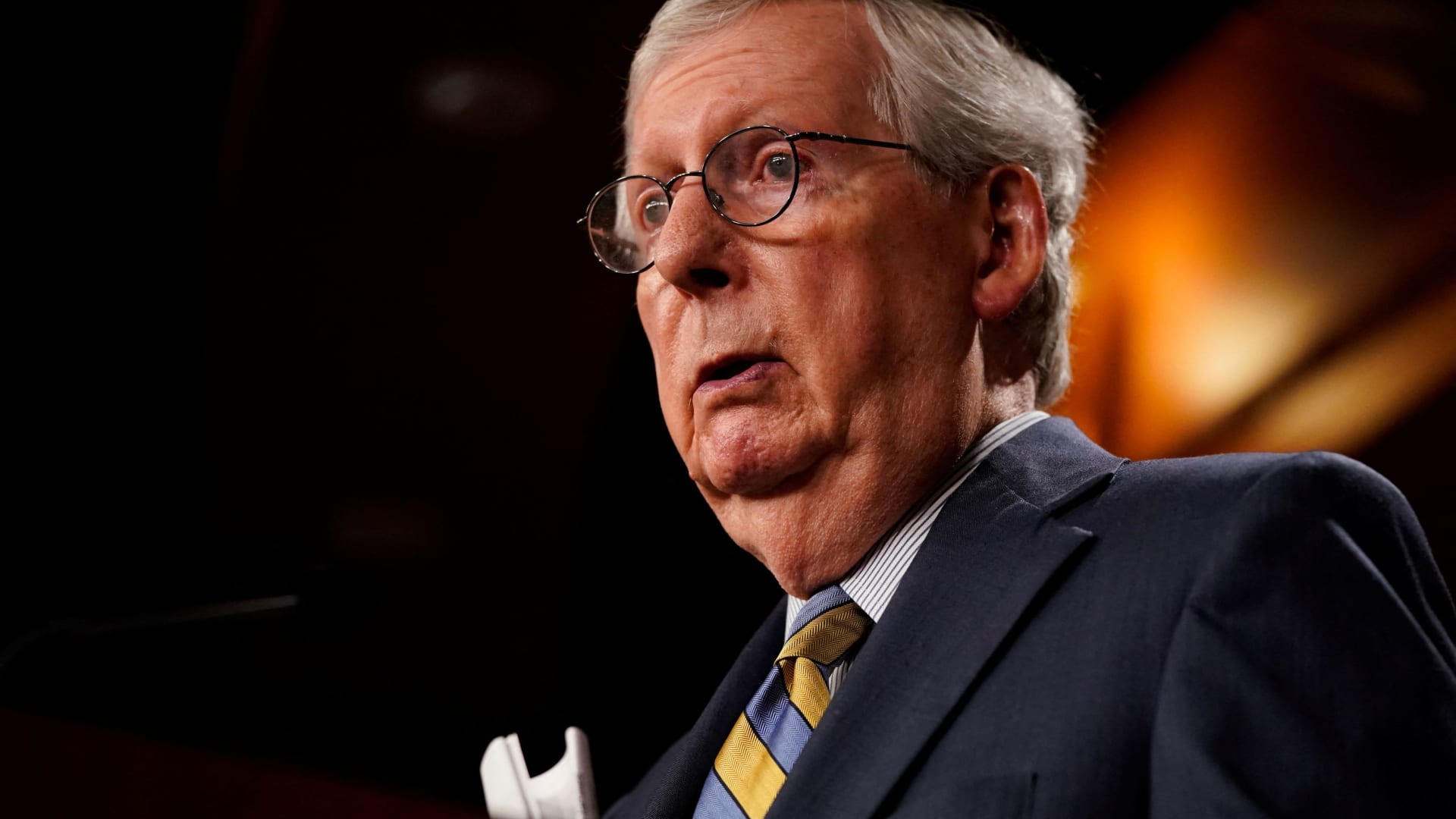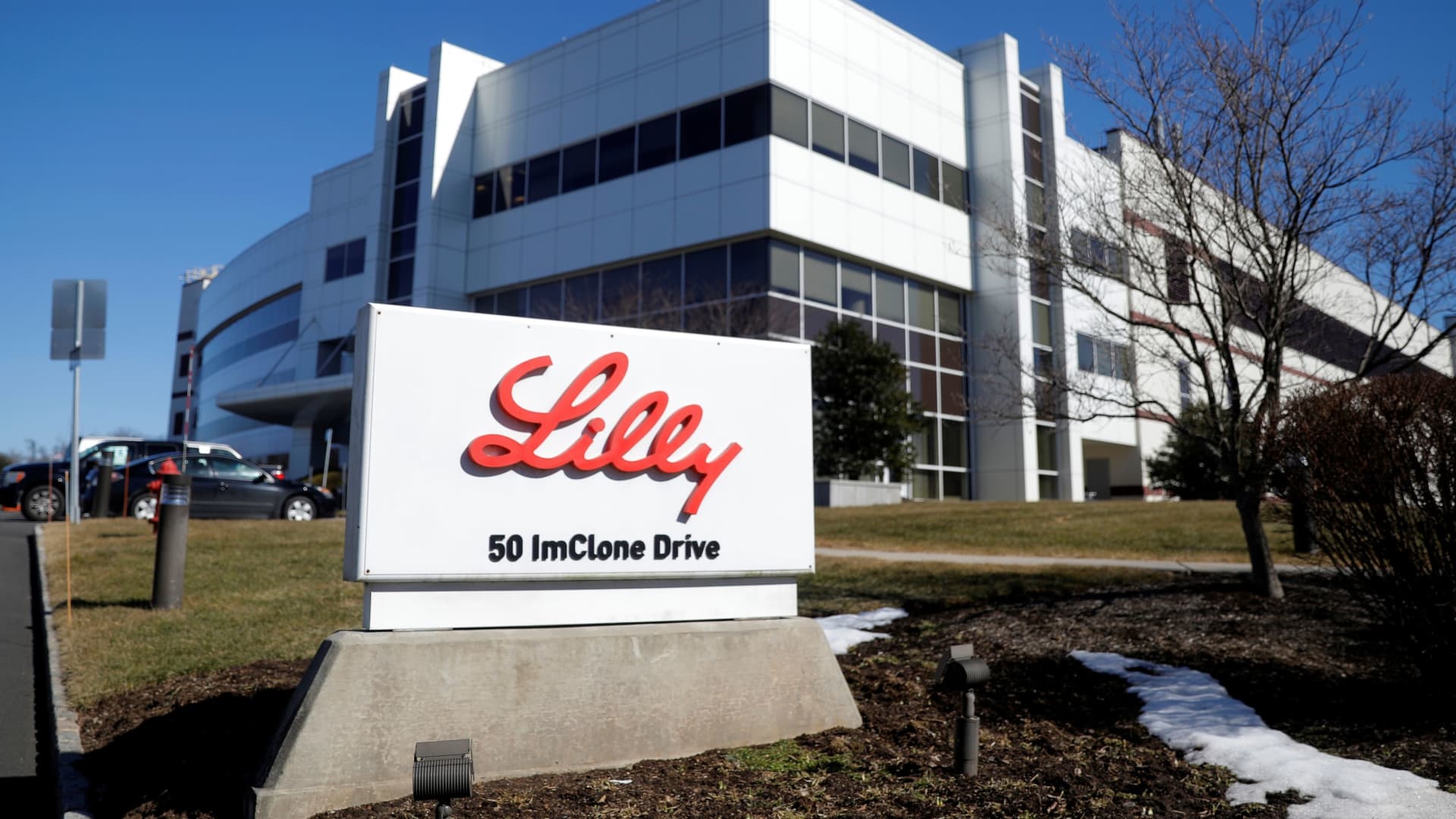CNBC’s Jim Cramer on Monday said the Federal Reserve could raise interest rates in August, before its next scheduled meeting in September, if this week’s economic data shows that inflation isn’t abating.
“The Fed is still in charge of this market. A week ago, it looked like they might ease up, but after Friday’s red-hot jobs number and the passage of the [Inflation Reduction Act]I’m worried they might lower the boom on us even before September comes,” he said.
“If both numbers are scorchers, we will get a surprise August meeting,” he predicted, referencing the consumer price index and producer price index data coming this week.
The Senate on Sunday passed the Inflation Reduction Act, a Democrat-backed package aimed at fighting climate change and extending health care coverage.
The legislation, among other provisions, allows Medicare to negotiate prices with drug companies and puts a 15% minimum tax on large corporations.
The July jobs report saw stronger-than-expected numbers last week, meaning the central bank could have to continue its path forward on raising interest rates aggressively.
“If I were Chairman Jay Powell … I’d be hard-pressed not to call a special Fed meeting this month to hit us with another 75-basis point rate hike,” Cramer said. A basis point equals 0.01 percentage point.
Investors are also looking to the University of Michigan’s consumer sentiment index this week to shed more light on how consumers are coping with inflation.
Cramer also previewed this week’s slate of earnings. All earnings and revenue estimates are courtesy of FactSet.
Tuesday: Emerson Electric, Ralph Lauren, Plug Power, Unity Software
Emerson Electric
- Q3 2022 earnings release at 6:55 am ET; conference call at 9 am ET
- Projected EPS: $1.29
- Projected revenue: $5.10 billion
Cramer said he expects Emerson to perform well long term after selling its waste disposal business InSinkErator to Whirlpool, but is still curious about how the company is faring short term.
Ralph Lauren
- Q1 2023 earnings release at 8 am ET; conference call at 9 am ET
- Projected EPS: $1.71
- Projected revenue: $1.40 billion
Though Ralph Lauren is a high-end store, it could still face the same inventory gluts that other retailers are dealing with, he said.
plug-power
- Q2 2022 earnings release after the close; conference call at 4:30 pm ET
- Projected loss: 21 cents per share
- Projected revenue: $159 million
Plug Power will benefit from the Inflation Reduction Act because of the bill’s hydrogen tax credit, which could help the company become more than just a niche fuel cell producer, Cramer said.
UnitySoftware
- Q2 2022 earnings release at 4:05 pm ET; conference call at 5 pm ET
- Projected loss: 21 cents per share
- Projected revenue: $300 million
Cramer predicted that the beaten-down stock could go even lower since Nvidia’s preliminary financial results on Monday revealed that gaming is weak.
Wednesday: CyberArk Software, Wendy’s, Disney, Dutch Bros
Cyber Ark Software
- Q2 2022 earnings release between 7:00-7:10 am ET; conference call at 8:30 am ET
- Projected loss: 30 cents per share
- Projected revenue: $138 million
The company should report great results since cybersecurity companies tend to be shielded from economic turbulence, Cramer said.
Wendy’s
- Q2 2022 earnings release at 7 am ET; conference call at 8:30 am ET
- Projected EPS: 22 cents
- Projected revenue: $540 million
Cramer said he’s worried about how inflation could be hurting Wendy’s performance.
Disney
- Q3 2022 earnings release at 4:05 pm ET; conference call at 4:30 pm ET
- Projected EPS: 98 cents
- Projected revenue: $20.99 billion
“It’s just too hated for me to believe it can stay down,” he said.
Dutch Bros.
- Q2 2022 earnings release after the close; conference call at 5 pm ET
- Projected EPS: 5 cents per share
- Projected revenue: $182 million
The company is a beloved brand, but it’ll have to convince investors that its stock is worth buying, Cramer said.
Thursday: Warby Parker, Toast, Rivian
Warby Parker
- Q2 2022 earnings release at 6:45 am ET; conference call at 8 am ET
- Projected loss: 2 cents per share
- Projected revenue: $150 million
“I bet, like other recent IPOs, it’s going to move up on the quarter,” Cramer said.
toast
- Q2 2022 earnings release at 4:05 pm ET; conference call at 5 pm ET
- Projected loss: 12 cents per share
- Projected revenue: $651 million
He said that he’s surprised so many small companies like Toast are seeing their stocks go higher, even on no news — which suggests they never should have gone down so much in the first place.
Rivian
- Q2 2022 earnings release at 4:10 pm ET; conference call at 5 pm ET
- Projected loss: $1.63 per share
- Projected revenue: $335 million
The electric vehicle maker will likely benefit from the Inflation Reduction Act due to the bill’s extension of income tax credits for consumers who purchase electric vehicles, Cramer said. I have added that he still prefers Tesla.
Disclosure: Cramer’s Charitable Trust owns shares of Disney.
.









